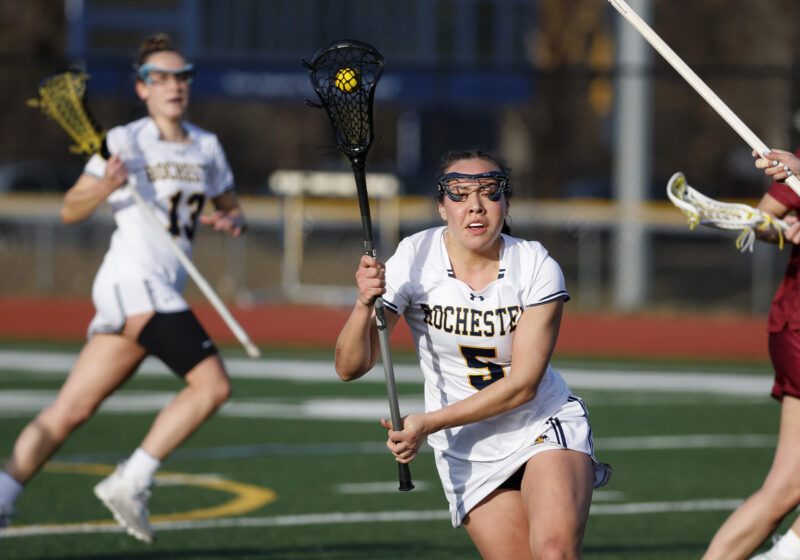You’re right in the middle of an intense pick-up basketball game, then, “pop,” there it goes. It’s your ankle, throbbing in pain after you just made a great rebound. Unfortunately, you landed on the defender’s foot, causing your foot and ankle to turn inward beyond their normal limits. It may be the first time you’ve done this, but for a lot of us weekend warriors, it’s not the first and may not be the last time this happens. Most ankle sprains are considered mild to moderate, involving a stretching or partial tearing of the ligaments that help to support and stabilize the ankle. The body’s initial response to healing is pain and swelling which result in weakness, stiffness and inability to bear partial or full weight when walking. If you’ve ever been in this situation, you may have asked — what should I do? This article will offer you some helpful tips on how to treat an ankle sprain following injury, as well as what one can do in order to prevent this often-dehabilitating injury from occurring again.
Usually, with any type of ankle sprain, one will experience some type of swelling — typically on the outside of the ankle and Achilles regions. This is the body’s normal response to injury — to help protect the area and start the healing process. In the acute stage of injury, a good acronym to remember is “PRICE” which stands for Protection, Rest, Ice, Compression and Elevation.
While some feel applying ice as soon as possible, is critical, it is actually most important to compress the area to prevent further swelling.
Protecting the area is achieved by applying a compression wrap and/or air cast brace, which prevent further turning of the ankle. Periodic icing and elevation is warranted, but only necessary every 2-3 hours for approximately 20-30 minutes at a time. Using a frozen bag of peas or corn works well to conform to the ankle. Immersing your foot in an ice bucket is not necessary, as studies have shown that the optimal temperature for edema reduction is approximately 55 degrees.
Ice will cause a constriction of the blood vessels, then after removing it, blood vessels will expand and allow a “flushing” of the area with a new nutrient supply to aid in healing. You may also require the use of crutches if normal walking is compromised due to pain and immobility. You will actually do yourself more harm if you try to walk it off when you can’t bear full body weight.
So, your swelling finally goes down, you’re able to walk on it pain free, how do you prevent this from happening again? I like to concentrate on three areas in preventing ankle sprains — balance, flexibility and, of course, strength. Performing single leg balance exercises will work a lot of the smaller stabilizing muscles we often neglect, but which are ultimately responsible for providing that inner or outer ankle support. An example of this would be performing single leg hops then suddenly stopping and holding your balance on that same foot.
Maintaining good flexibility of the calf muscles and Achilles is of utmost importance. Prior to exercise, enhanced heel to toe walking and skipping is a great way to warm up this region. Following exercise, I recommend a more static prolonged stretch. This includes straight and bent knee calf stretching, which can either be done standing or by putting a towel around the ball of your foot and pulling back until a stretch is felt.
There are a number of different methods to keep your ankles strong. Basic straight-leg and bent-knee calf raises with resistance will help strengthen the calf and achilles. Forward, lateral and diagonal lunges will work the smaller supporting muscles, along with single leg press with the foot turned in, out, and straight ahead. Single leg hops in a stationary position — as well as propelling forward and backward — are a great way to strengthen the knee, ankle and hip, and enhance one’s vertical leap.
It is important to remember that you must have full flexibility and normal strength — compared to your uninjured ankle — before you return to full unrestricted physical activities. Participating if you still have some swelling or Achille’s tightness may be detrimental in the long run. Wearing a brace or having your ankle taped initially will make your return to play a lot smoother and may even enhance your balance. All in all, prevention is always the best medicine in helping deter the common ankle sprain.
Steckley is a certified UR athletic trainer and can be reached at psteckley@campustimes.org.
